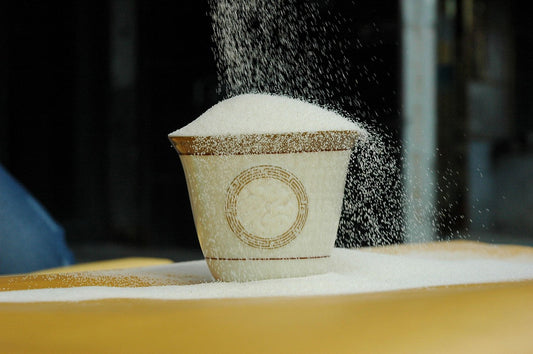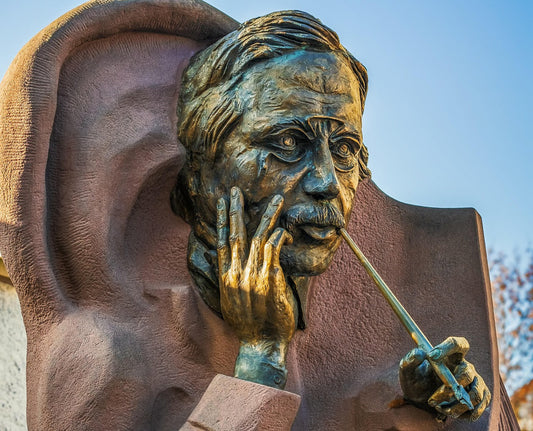Yesterday we were doing math to show how moving from DSD256 to DXD is, mathematically, the same sort of speed.
DSD256 is a continuous stream of single bits running at eleven million times per second—fast enough to capture everything in its path. To mix it, we do a bit of simple math, convert it to DXD, and lose nothing in the process.
So, one might ask why we go through all of that. Why not just record in DXD in the first place and skip all the technical hurdles of DSD?
It's a great question and one that I have pondered now for years. I have developed only a partial answer and it looks like this—capturing analog in a continuous sample method (DSD), loses nothing in the music, while trying to do the same thing in PCM's capture method sampling gulps of data leaves much on the table.
This logic works at the CD rate level where the A/D capture rate of PCM requires steep filters and sparse gulps of data (for example, only two samples of 20kHz are allowed and a sharp cutoff filter is required for anything above that frequency). Mr. Nyquist would argue that nothing is lost but he ignores the sonic impact of steep filters and our sonic obsession with keeping the bandwidth to at least 50kHz or more.
Where the logic doesn't work is at higher PCM capture rates like 176.4kHz where none of this should matter.
But, to my ears, it does.
Capturing in a continuous sample method without input filters—DSD—always outperforms capturing in gulps of data—PCM.
You can go one way without affect. Go the other way and the game changes.
The mystery continues.








